Relocate them or not?
scott_home
9 years ago
Related Stories
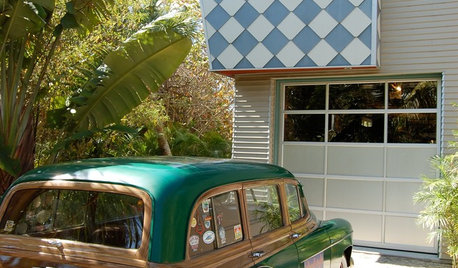
MOVINGRelocating? Here’s How to Make the Big Move Better
Moving guide, Part 1: How to organize your stuff and your life for an easier household move
Full Story
MOVINGRelocating Help: 8 Tips for a Happier Long-Distance Move
Trash bags, houseplants and a good cry all have their role when it comes to this major life change
Full Story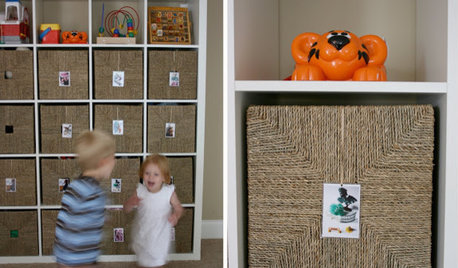
LIFERelocating? Here’s How to Make Moving In a Breeze
Moving guide, Part 2: Helpful tips for unpacking, organizing and setting up your new home
Full Story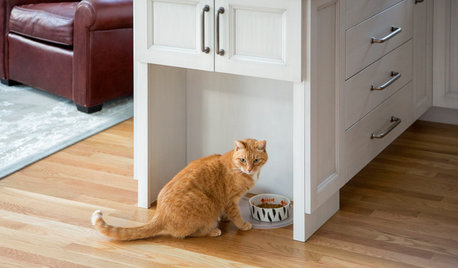
KITCHEN DESIGNRelocated Colonial Kitchen More Than Doubles in Size
Putting the kitchen in a central location allows for a big boost in square footage and helps better connect it with other living spaces
Full Story
GREAT HOME PROJECTSPower to the People: Outlets Right Where You Want Them
No more crawling and craning. With outlets in furniture, drawers and cabinets, access to power has never been easier
Full Story
DREAM SPACES7 Supermodel Homes and Why Creatives Rent Them
What makes a setting right for fashion and advertising shoots? Find out here
Full Story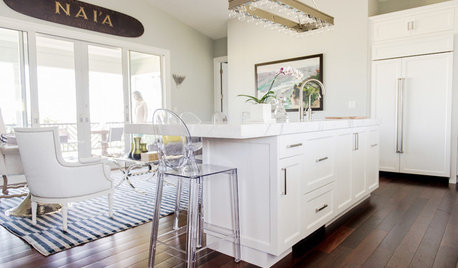
TROPICAL STYLEMy Houzz: New York Chic and Laid-Back Hawaiian Style on Maui
A relocating New Yorker designs an island home influenced by her former city life
Full Story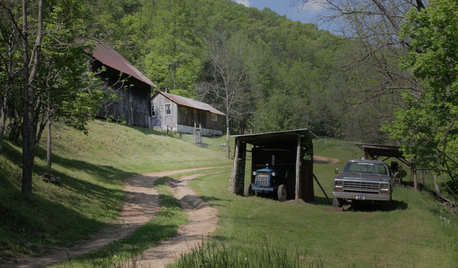
TASTEMAKERSNew Series to Give a Glimpse of Life ‘Unplugged’
See what happens when city dwellers relocate to off-the-grid homes in a new show premiering July 29. Tell us: Could you pack up urban life?
Full Story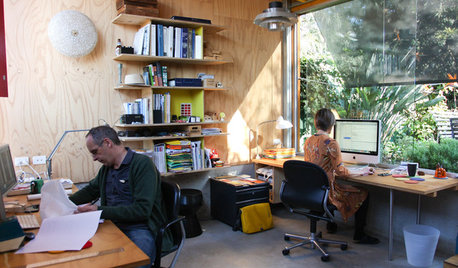
HOME OFFICESWorld of Design: 11 International Architects in Their Home Offices
Thinking about relocating your office to your home? From Sydney to Copenhagen, these architects share their insider knowledge
Full Story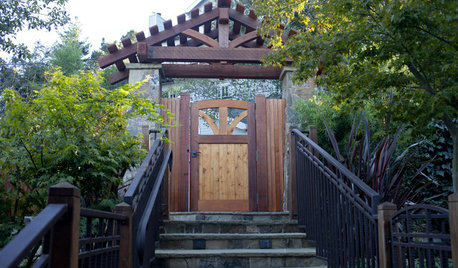
PATIO OF THE WEEKRugged Comfort in Northern California
A garage relocation opens up a family's comfortable outdoor living space
Full Story





fruitnut Z7 4500ft SW TX
drew51 SE MI Z5b/6a
Related Professionals
Ashland Landscape Architects & Landscape Designers · Norwood Landscape Contractors · Chelmsford Landscape Contractors · Darien Landscape Contractors · Fort Wayne Landscape Contractors · Haverhill Landscape Contractors · Hilton Head Island Landscape Contractors · Lady Lake Landscape Contractors · Mastic Beach Landscape Contractors · Middleton Landscape Contractors · Midland Landscape Contractors · Placerville Landscape Contractors · West Covina Landscape Contractors · Crowley Landscape Contractors · Vadnais Heights Landscape Contractorsscott_homeOriginal Author
drew51 SE MI Z5b/6a
rayrose
alan haigh
drew51 SE MI Z5b/6a
RedSun (Zone 6, NJ)
drew51 SE MI Z5b/6a
RedSun (Zone 6, NJ)
drew51 SE MI Z5b/6a
RedSun (Zone 6, NJ)
drew51 SE MI Z5b/6a
rayrose
RedSun (Zone 6, NJ)
rayrose